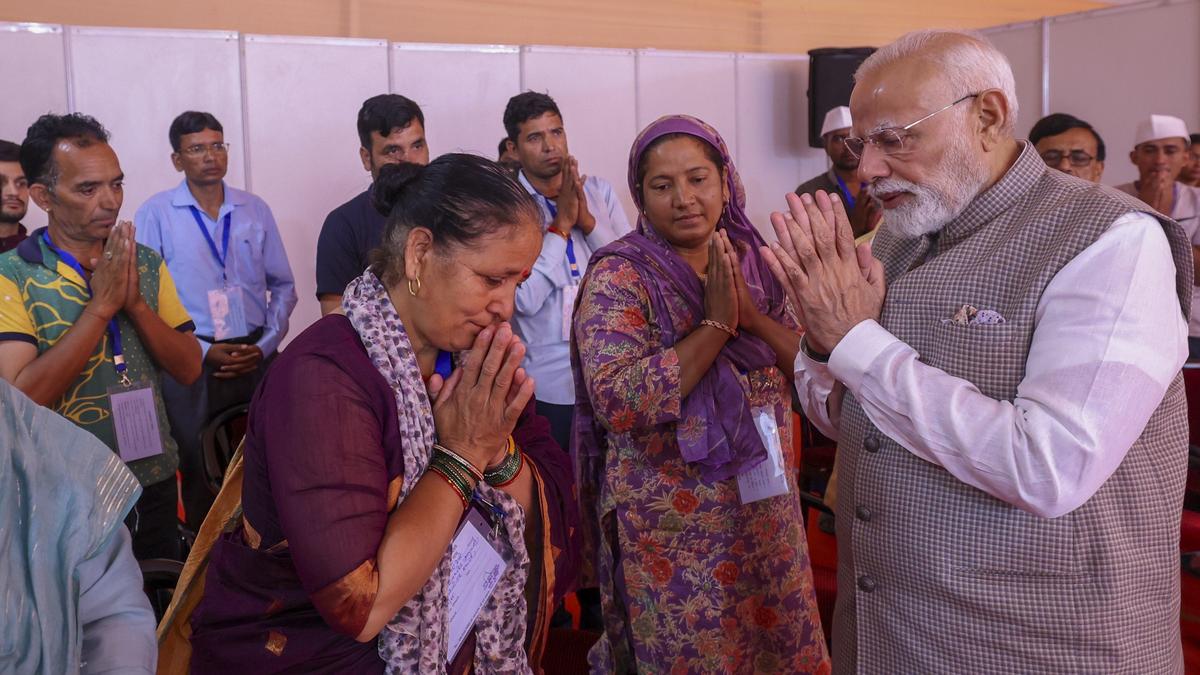Now Reading: Centre Urges States to Stay Alert on Dengue, Malaria Cases
-
01
Centre Urges States to Stay Alert on Dengue, Malaria Cases
Centre Urges States to Stay Alert on Dengue, Malaria Cases

Fast Summary
- Union Health Ministry Advisory: issued to all Chief Ministers to intensify preventive measures against dengue and malaria during the upcoming high-risk period.
- Review Meeting: Held by Health Minister J.P. Nadda on September 11, 2025, to address vector-borne diseases; directives issued for heightened readiness.
- State-Level Action Plans: State Health Ministers must review local situations and draft action plans within 20 days. Local bodies urged to bolster community awareness campaigns.
- Hospital Preparedness: hospitals instructed to ensure sufficient drugs, diagnostics, beds, and mosquito-free environments; specific focus given to water stagnation post-monsoon rains as a breeding concern.
- Delhi-NCR Focus: High-level review meeting mandated for Delhi-NCR region due to elevated dengue risk during this period.
- Malaria Progress Highlights:
– India has reduced malaria cases and deaths by over 78% (2015-2024).
– Zero malaria cases reported in 160 districts (2022-2024); most States/UTs achieved API below one except three States.
– India aims for malaria elimination by 2030.
- Dengue Strategy Implementation:
– Focus on surveillance, case management, vector control, coordination across sectors and communities via the National dengue Control Strategy framework.
Indian Opinion Analysis
The advisory signals India’s proactive approach toward controlling seasonal outbreaks of vector-borne diseases like dengue and malaria.The requirement for State-specific action plans within strict timelines underscores the urgency posed by monsoon-induced breeding conditions. Advancing hospital readiness-including accessibility of drugs and diagnostics-reflects an effort at both containment and mitigation.
India’s progress in reducing malaria prevalence highlights consistent policy implementation but contrasts with dengue’s wide-spread endemic nature across multiple regions due to climatological factors more challenging to control uniformly. As public health systems are strengthened through community engagement initiatives such as awareness campaigns organized by local governance structures (municipalities/panchayats),sustaining these efforts year-round will be crucial in achieving broader disease reduction goals while mitigating spikes during vulnerable periods like monsoon seasons.
The government’s commitment toward zero-malaria districts provides a promising framework that could potentially be adapted into other vector-control strategies aimed at diseases like chikungunya or dengue-all critical given environmental factors driving vectors’ spread in densely populated areas like Delhi-NCR.
Read More: [Link Provided]























